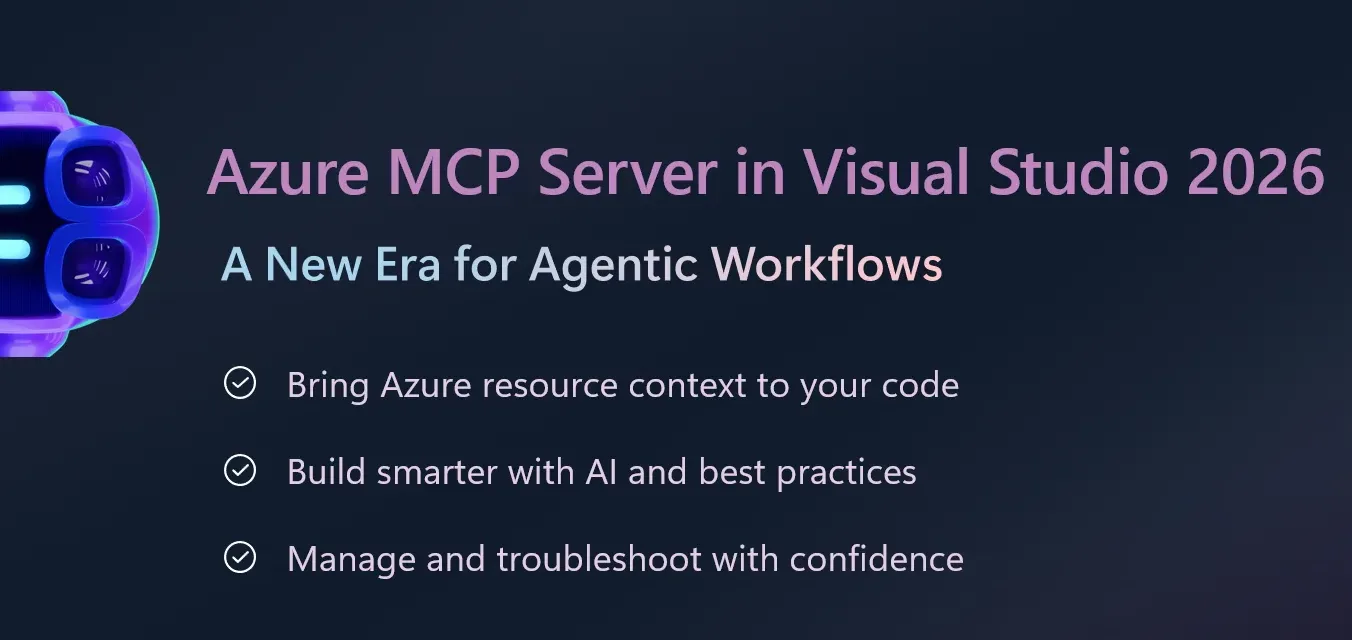标签
server
相关的文章:本列表汇集了关于服务器技术的多篇文章,涵盖网络测试、云服务、数据库管理及开发工具等多个领域,帮助您深入了解服务器的应用与发展。

Percona Database Performance Blog ·
本文介绍了如何使用 io_uring 实现 TCP Echo Server。与传统同步模型不同,io_uring 通过状态机管理连接状态,并通过回调链式处理异步操作。代码示例展示了连接、数据读取和写入的处理,并强调了内存管理的重要性。
土法炼钢兴趣小组的博客 ·
evhttp是Libevent的轻量级HTTP协议实现,适合嵌入式设备和简单文件服务器。它支持基本的URI解析和POST请求,但仅限于HTTP/1.1,且为单线程,不支持WebSocket和Keep-Alive管理。对于复杂需求,建议使用专业Web服务器。
土法炼钢兴趣小组的博客 ·
即时聊天聊天室是网络编程的经典作业,涉及多客户端管理和消息广播,需管理在线用户并定义简单文本协议进行鉴权与指令解析,展示即时通讯软件的核心功能。
土法炼钢兴趣小组的博客 ·
运维派 ·

The New Stack ·
Plex 媒体服务器是一款强大的媒体管理工具,支持将电影和音乐等文件流式传输到多种设备。Linux 是搭建 Plex 服务器的理想选择。本文介绍了在 Linux 上从零开始搭建 Plex 的步骤,适合新手和有经验的用户。
极客技术博客’s Blog ·
Plex Media Server(PMS)是一款强大的媒体管理工具,适用于Linux系统,适合家庭媒体中心。本文介绍了在Linux上安装、配置和优化PMS的方法,以实现高效、安全的流媒体服务。
极客技术博客’s Blog ·
An open-source WebSocket server that wraps the Claude Agent SDK to enable real-time, bidirectional communication with Claude in sandboxes or local environments.
I am implementing a multithreaded C server where clients are stored in a linked list of structs. Each struct contains, among other fields, the socket (sk) for communicating with the client. The...
Hot Monthly Questions - Software Engineering Stack Exchange ·
1010Code ·

Visual Studio Blog ·

Azure DevOps Blog ·
I’m writing a multiplayer server in C using sockets and pthreads. The project is separated by responsibility: server.c/.h → networking (socket, bind, listen, accept, thread creation) player.c/.h...
Hot Monthly Questions - Software Engineering Stack Exchange ·
I’m writing a multiplayer server in C using sockets and pthreads. The project is separated by responsibility: server.c/.h → networking (socket, bind, listen, accept, thread creation) player.c/.h...
Hot Monthly Questions - Software Engineering Stack Exchange ·
作者在重构博客时尝试配置HTTP/2服务端推送以优化加载速度,但发现该功能已被主流浏览器弃用。虽然HTTP/2推送旨在减少延迟,但因缓存管理不善而失败。现有的103 Early Hints和资源提示(Preload、Prefetch)提供了更灵活的资源加载方式,尽管仍需两次往返。作者怀念HTTP/2推送的理想,但承认Web演进选择了更稳妥的方案。
竹林里有冰的博客 ·

全球TMT-美通国际 ·
微软发布了 Azure MCP Server 1.0.0 稳定版,旨在实现 AI 助手与 Azure 服务的无缝集成,支持 47 种 Azure 服务,简化开发体验,增强安全性,并兼容 Docker 映像,适合 DevOps 团队使用。


